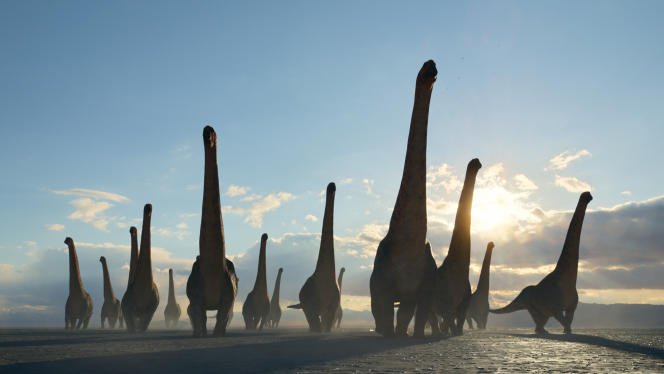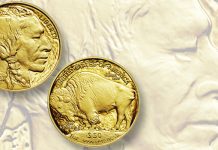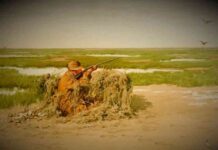“The most extraordinary animals that have ever existed are the dinosaurs. When it’s Sir David Attenborough who says it, you want to believe it, as the British naturalist, writer, editor, journalist, producer, presenter (mainly for the BBC) embodies wildlife film – with his nine series of the Life collection from 1979 to 2005, its six Planet Earth series, among many others…
Nine decades after being the kid who collected egg fossils in his bedroom in Leicester, his eyes still sparkle at the thought of going back in time 66 million years. Age (96) barely cracks his voice to launch “This is their story” each of the five episodes of the Prehistoric Planet series broadcast at the rate of one per evening from May 23 to 27.
Starting with “Coasts”, which opens with a touching scene of a tyrannosaurus dad swimming with his five cubs – note the modernity of the father who takes care of the children. The realism of the images is stunning. Once again the BBC, co-producer, uses the latest advances in both paleontology and digitization and called on the best, Moving Pictures Company, which worked on The Lion King, The Jungle Book…
As a result, the viewer shudders when the family outing turns to the remake of Jaws, megalodon version. The wiggling little paws “filmed” from below, the desperate little cry, the beach close… close enough?
“Cult Scenes”
Anthropomorphism may irritate some, even if it is not used to the detriment of scientific rigor but as an educational tool, in the same way as humor, which is very present. On the other hand, we are surprised by the French title of the episode “Fresh Water”, which could have been translated as Fresh Water.
But back to our heroes. A very widespread predator, the tyrannosaurus (the famous “T-Rex”) is present in all the episodes, like these funny flying reptiles, whose long and thin wings, once folded, on the ground, serve as front legs, a little like birds which, equipped with sticks, would practice Nordic walking. In the sky, the threat comes from the pterosaurs, when, in the aquatic environment, the hydrotherosaurus is king.
Each episode also has its “cult scene”: the front arrival of about fifteen dreadnoughtus – diplodocus -, in the episode “Deserts”; the tyrannosaur fight in the blizzard in “Ice Worlds”.
With always a demanding realization, rigor and some finds (the luminescent abysses, the mosquitoes), to make forget the “already seen” side of the subject. Thus, during the scene representing the courtship of an enamored dinosaur, its tiny front legs turn blue with emotion. But in vain. As the female walks away, David Attenborough plays along: “That will be for another time!” »














